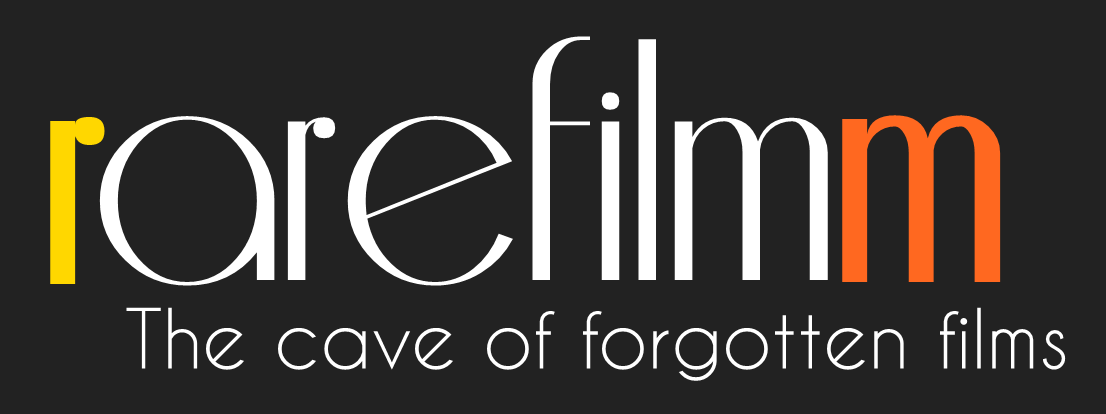FBI man Stafford is extraditing convicted killer Brett Murphy from Spain to the USA. At the last minute, Murphy’s fiancée, entertainer Jean Gurney, finds he’s been taken and slips on the plane. Unknown to them, a suicidal passenger has a fire and gas bomb in his luggage. As time ticks away, minor dramas are played out on board.
Year: 2022
The House is Black is an empathetic portrait of a leper colony from Iranian poet Forough Farrokhzad. Her work, both in film and poetry, has influenced everyone from Iranian New Wave master Abbas Kiarostami to French essay film pioneer Chris Marker. With The House is Black, Farrokhzad unflinchingly captures the world of a leper colony in Tabriz, Iran. She recites her own poetry over images of everyday life for a people shut away from society. Farrokhzad’s portrait highlights a world weighed down by tragedy yet uplifted by community. The result is a heartbreaking film that eschews condescension in favor of hard-won empathy.
A documentary of the epic story of the weaving Chigh. Chigh is a kind of texture made from wood and osier that is made in the ilats of the west of Iran and is used for covering around their Siah-chadors (tents).
A housewife, increasingly disenchanted with her homemaker role, searches for new meaning in her life and organizes a discussion group, changing the lives of her six closest friends.
Fashion model Sylvie falls asleep drunk in the cab of Munich taxi driver Paul, and an impossible love affair beckons. Renegade director Klaus Lemke had previously startled German TV audiences with the biker drama Rocker, announcing an unprecedented, unvarnished freshness and authenticity with nonprofessional actors, real dialect and on-the-fly style. In Sylvie, he adds a disarming tenderness.
In Hamburg, West Germany, a rocker biker gang helps a kid avenge his brother who was murdered by a rival gang, a mortal enemy of rocker gangs.
This experimental short by Bruce Conner uses Ray Charles’ “What’d I Say” as accompaniment to constantly shifting collage of female nude, cartoons, and newsreels of atomic bomb explosions.
A story of life and death, featuring Marcel Lozinski’s six-year-old son Tomasz and elderly people spending time on the benches of a Warsaw park. Riding his scooter, Tomaszek asks the elderly very adult, though basic, questions, which they are happy to answer. The boy’s ideas of future and life are confronted with those of people at the end of their lives.
